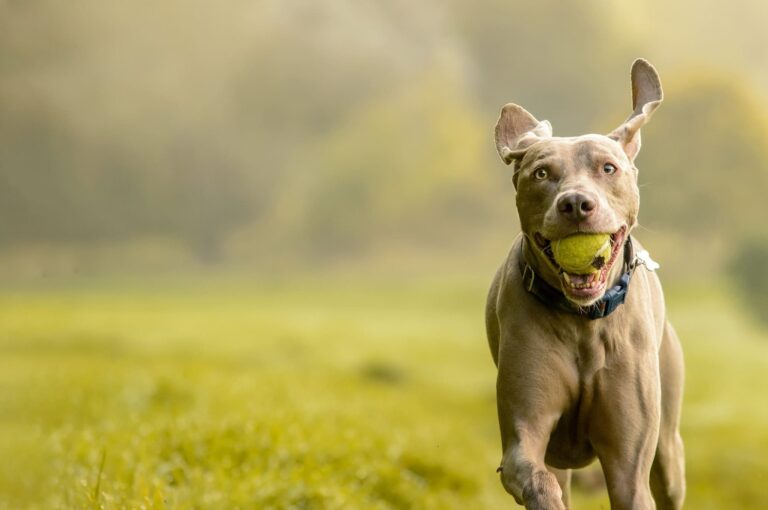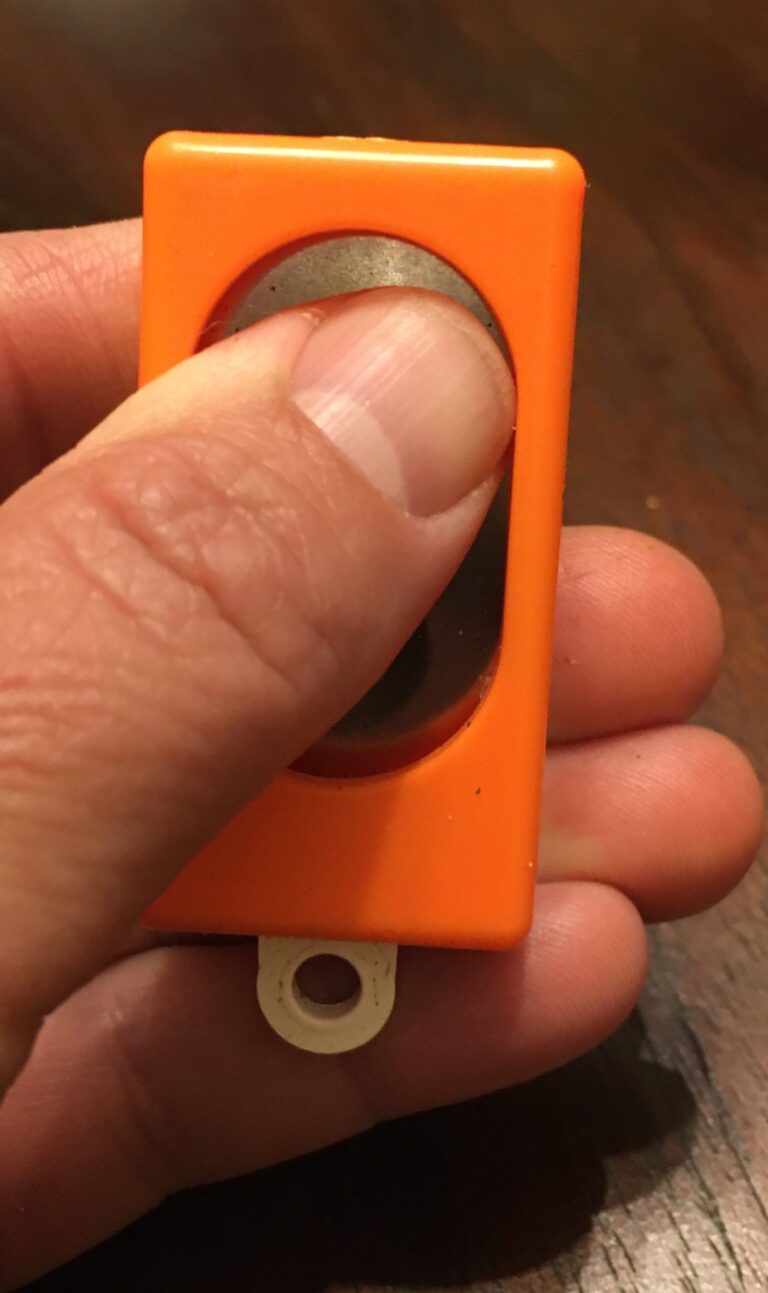In my opinion, house training is one of the more tedious aspects of dog training. It requires complete vigilance on the owner’s part. The upside is that the more vigilant your are from the get-go, the faster it will happen and be reliable. I cannot stress that last point strongly enough! If you can take a few days off to be at home or spend a long weekend to accomplish this, I highly recommend it. Even a very nervous adult dog can become house trained in about 3 days if you are solely focused on it.
For most dogs, a training crate is crucial for management. It is natural for dogs to avoid soiling in the space where they lie down. Most will hold the impulse to potty until they are outside of the crate. Please see Crate Training to get your dog used to the crate.
Start by creating a schedule in which to bring your dog outside to eliminate. This scheduled time frame will vary depending on the dog’s age, familiarity with being indoors and previous housebreaking history (if there is one). For the first few days, I start 1-2 hour potty break intervals for an adult dog. If the dog has an accident within that time span, I evaluate what happened. Did I go over my time frame? Did the dog potty on the last trip outside? Did my dog drink a lot of water or just wake up? Was my puppy just running around?
Your dog’s age will dictate your house training schedule. Puppies under 5 months old should be taken outside to potty every 30-60 minutes when they are awake and moving around. Puppies over 5 months should go out every 1-2 hours to potty. These time intervals can be gradually increased in around 15 minute increments as your dog becomes more reliable.
If you take your dog or puppy outside and nothing happens, then the dog must go back inside the crate until the next trip outside. If your dog potties the next time outside, he gets managed freedom outside of the crate. Please note: We are not punishing the dog for not going potty! We are using the crate to keep the dog from having an accident on the floor until the next trip outside.
Keep your dog confined in a small area while indoors. For this function you may use a crate, block off a small room such as a bathroom or utility room or tether the dog to you. Tethering the dog next to you or to you is also a great way for him mentally establish you as leader. Avoid using newspaper or pee pads for indoors. Dogs have a very hard time moving on from them. We want the dog to believe that it is never acceptable to potty indoors.



